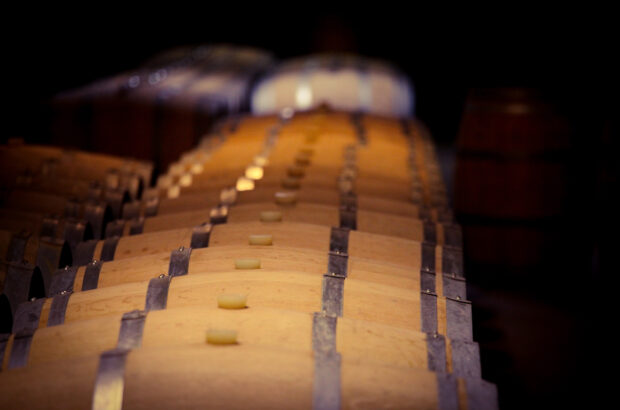Landmark research paves way to full genome map of Cabernet Sauvignon that could help winemakers battle a changing climate, writes Amanda Barnes after speaking to UC Davis researchers in California.
Landmark research into the genome sequence of Cabernet Sauvignon could change how we breed grape varieties in the future.
UC Davis revealed the first draft of the genome of Cabernet Sauvignon, and researchers are now working on reconstructing the complete 19 chromosomes of the genome and assigning functions to genes within it.
The draft genome was generated using cutting-edge sequencing technology and a novel computer algorithm and was the result of a collaborative effort between plant geneticist Dario Cantù in the Department of Viticulture and Enology and Pacific Biosciences, a California company specialised in DNA sequencing.
It is a significant breakthrough nearly a decade after the Vitis Vinifera common grapevine genome was first sequenced in 2007.
Related content:
-
Cabernet Sauvignon quiz – Test your knowledge
-
What happens to California Cabernet as it ages? ask Decanter
‘The overall goal is to understand the genetic makeup of wine grape varieties,’ said Cantù.
‘We know that different varieties result in wines with distinct flavours and aromas, our objective is to determine what genes are responsible for the unique characteristics of each variety.’
As well as decoding the DNA of the world’s most popular red variety, Cantù believes it could revolutionise the way we breed varieties in the future and give birth to a new generation of grape varieties better suited for climate change.
‘This information will help guide breeding efforts to generate new varieties that have novel combination of flavour and aromas, but also are better adapted to worsening climatic conditions, particularly those high-quality viticulture sites that will soon become less favourable because of increasing temperature and drought.’
Drought has been focusing minds in California, where winemakers part-fund UC Davis work.
The complete, annotated genome sequencing for Cabernet Sauvignon will take two more years to complete. However this research will make decoding other varieties in the future quicker and more cost effective.
‘We started applying similar approaches to other important varieties to understand the genetic features that characterise them,’ said Cantù.
‘It’s reasonable to say that we can now generate a high-quality draft of a grape genome for around US $60,000 in about a year.’
It was a UC Davis plant geneticist, Carole Meredith, who discovered in 1997 that Cabernet Sauvignon is a cross of Sauvignon Blanc and Cabernet Franc by using DNA fingerprinting.
Today, Dr Anita Olberholster is also investigating the optimum conditions for vinifying Cabernet Sauvignon and the impact of Red Blotch Disease on the variety.
Related stories:

The science of two alcohol free days per week
Is it necessary to have 'several alcohol free' days every week and, if so, should those days be consecutive? Dr

Does getting older change our sense of smell and taste?
Grey hair and wrinkles are unavoidable consequences of age, but what does the passing of time do to our senses

Climate change will ‘threaten productivity’ in English winemaking, says study author
A new study says that UK climate change ‘threatens productivity’ in English winemaking, as weather becomes more variable.

Revived wine grapes may resist climate change – Torres

Torres plans for climate change with Chile land deal
Spanish wine giant Miguel Torres has bought 230ha of land in Chile's Itata Valley region as part of a plan







